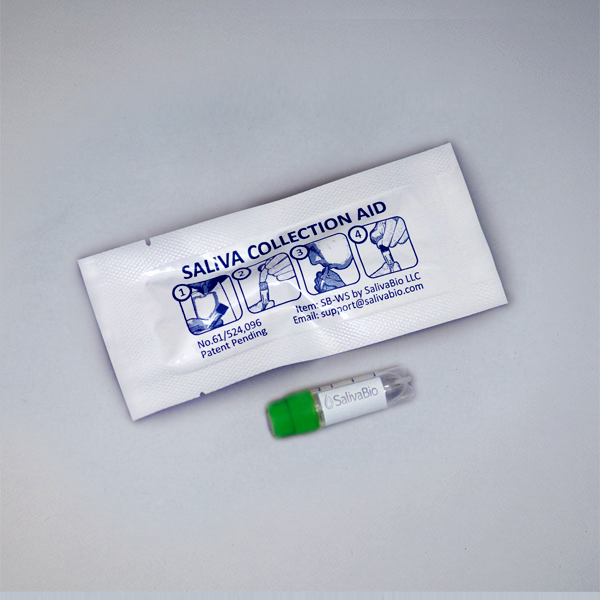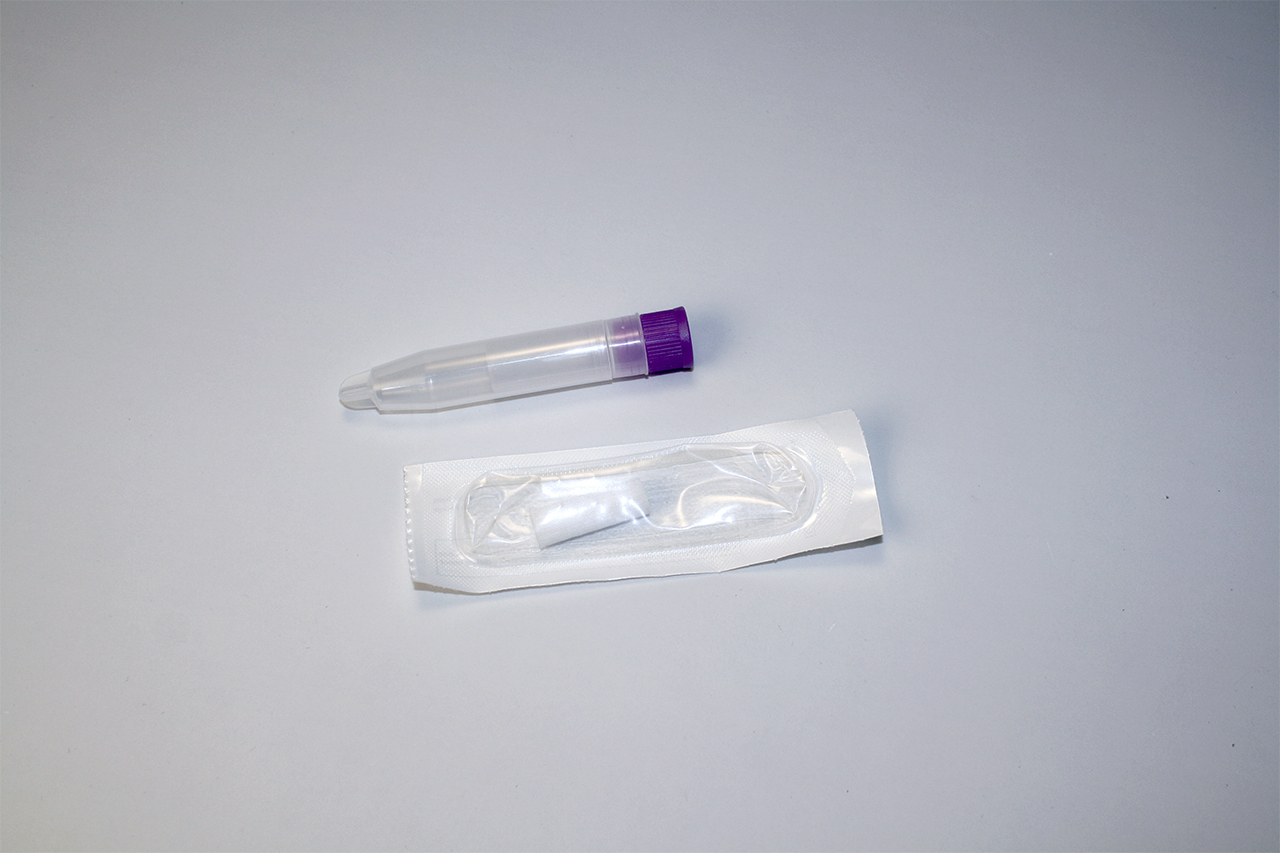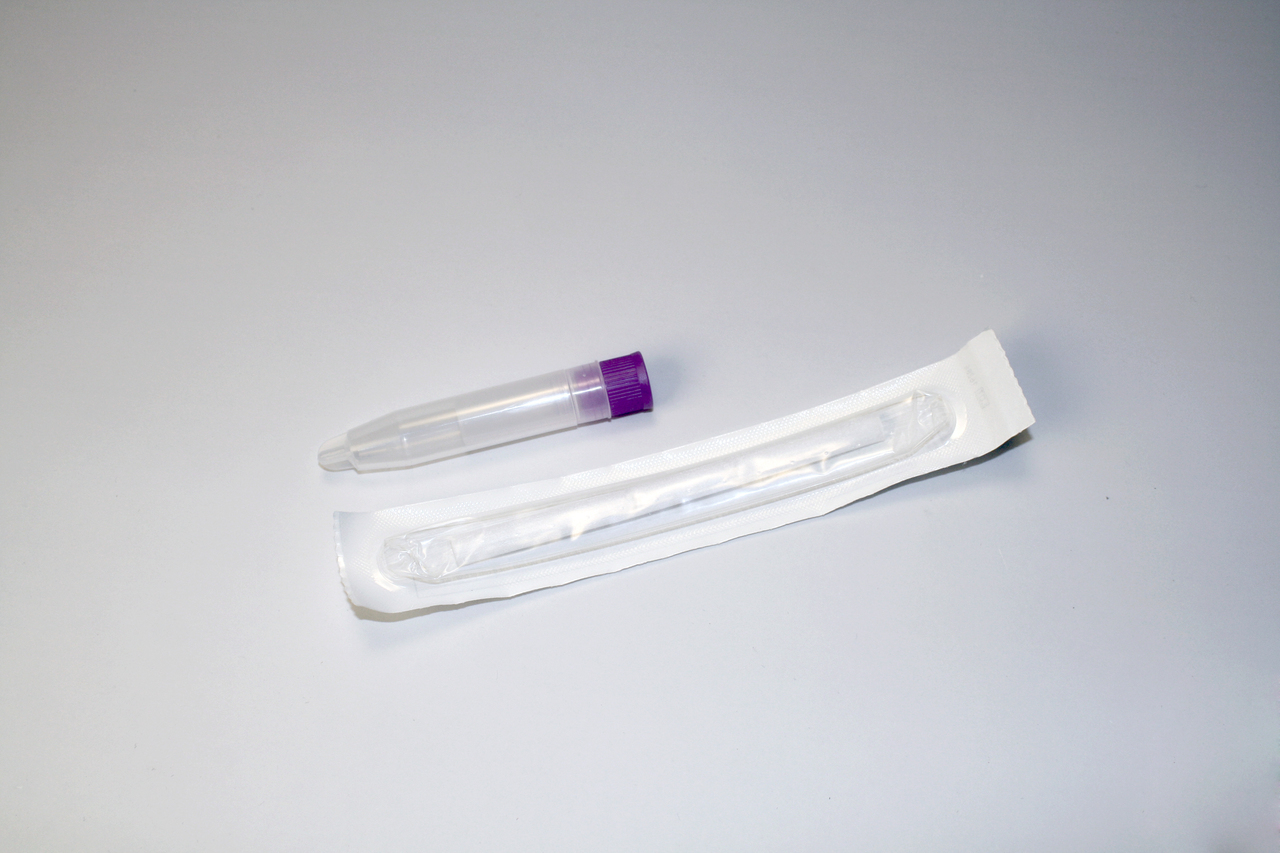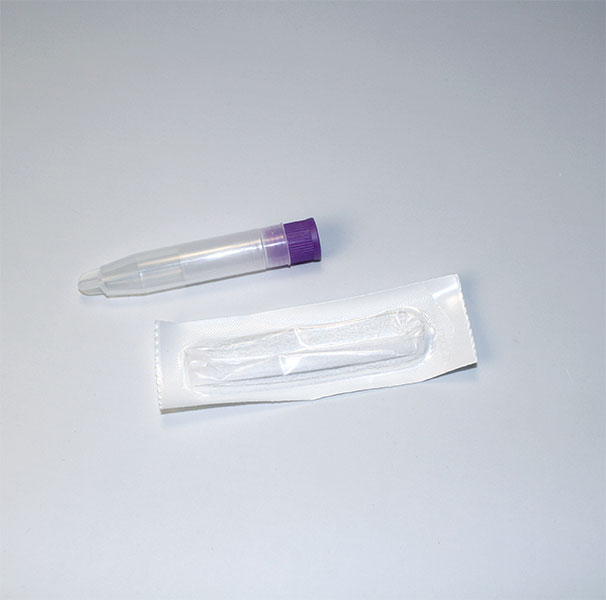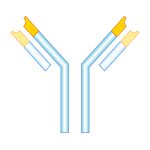Need Help?
Ask an expert
1. How to collect Salivary IgG
APPROVED SALIVARY IgG COLLECTION METHODS
Salivary IgG Collection Protocol
Collection volume, general considerations, and basic guidelines to maximize salivary IgG sample integrity. Use this analyte-specific collection protocol to plan you collection methodology and sampling schemes.

2. How to Assay for Salivary IgG
Send Saliva Samples to Salimetrics
Add to StudyEasy and accurate results from the most trusted Salivary Bioscience Laboratory.
Order Code5175
Salivary IgG ELISA Kit
Add to Study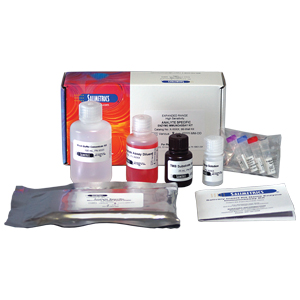
Salimetrics Assay #1-4502
The Salimetrics Salivary Total Human IgG (Immunoglobulin-G) Enzyme Immunoassay Kit was specifically designed to standardize the detection of human Immunoglobulin G in saliva samples for research and biomedical laboratories. Using a small sample volume, this assay kit has an extended range which spans the expected IgG levels found in human saliva. The average inter- and intra-assay precision coefficients of variation are low with no deleterious matrix effects often found in saliva which are characterized through dilution- and spike-recovery validation procedures. This IgG assay kit has also been formatted to minimize cross reactivity for related immunoglobulins. Read More...| Assay Protocol |
|---|
| Rev. 04.30.21
|
| Specifications | |
|---|---|
| Catalog#: | 1-4502 |
| Regulatory Status: | RUO |
| Format: | 96-well plate |
| Assay Time: | ~ 4.5 hrs |
| Sample Volume/Test: | 10 µL |
| Sensitivity: | 0.043 ng/mL |
| Assay Range: | 0.3125 - 20 ng/mL |
| Storage Requirements: | 2-8°C |
| Tests Per Kit | |
|---|---|
| Singlet: | 76 |
| Duplicate: | 38 |
| Target Analyte |
|---|
Technical Documentation
Assay Kit Overview
Intended Use
The Salimetrics® Salivary Human Total IgG ELISA Kit is an enzyme-linked immunoassay specifically designed and validated for the quantitative measurement of human total IgG in oral fluid. It is not intended for diagnostic use. This assay kit was optimized for human salivary research and has not been validated for other human sample types, such as serum or plasma or samples from other species.
Introduction
High titers of pathogen specific IgG are a measure of protective immunity against pathogens and are generated by an immune response to either a prior infection event or immunization (2). Most IgG in saliva originates from the serum entering into saliva passively through the gingival crevicular epithelium, however some is produced locally in the salivary glands or gingiva (3). Importantly, the reactivity of salivary IgG mirrors that of serum IgG, so oral fluid is an attractive alternative sample to blood for serological studies where antibody levels indicate an individual’s immune status to a pathogen of interest (4, 5). As an alternative to blood, oral fluid enables advantages like home collection or when sampling populations where blood draws are a challenge, for instance in small children or the elderly (6).
One important application for the measurement of total IgG in oral fluid is to qualify samples as having sufficient antibody levels to enable valid serological studies (6). In this case, since oral fluid may vary in the amount of antibody present at the time of sampling, to definitively determine if an individual shows negative reactivity, the sample must be tested for total IgG levels to assure there is adequate total antibody present in the test. Cutoff levels may be established to determine if a sample has adequate IgG as well as to help interpret the relative degree of positivity in samples that show reactivity.
In addition, it has been recently reported that levels of total IgG in oral fluids is highly correlated with proinflammatory cytokine levels, suggesting that, in certain applications, total salivary IgG could be used as a surrogate, and inexpensive marker, to index oral inflammation (7). In this case, total IgG in saliva may be a useful covariate in statistical analyses to control for the confounding effects of poor oral health. This might be very important if the study participants are at high risk for oral health problems.
SALIVARY HUMAN TOTAL IgG ASSAY PRINCIPLE
This is an indirect sandwich ELISA kit. A “sandwich” is formed when the pre-coated capture Anti-Human IgG antibody present on the plate binds IgG in standards & samples, which is then bound by the Anti-Human IgG detection antibody linked to horseradish peroxidase. After each incubation, unbound components are washed away. Bound Anti-Human IgG Antibody Enzyme Conjugate is then added and the levels measured by the reaction of the horseradish peroxidase (HRP) enzyme to the substrate tetramethylbenzidine (TMB). This reaction produces a blue color. A yellow color is formed after stopping the reaction with an acidic solution. The optical density is read on a standard plate reader at 450 nm. The total amount of IgG Antibody Enzyme Conjugate detected is directly proportional to the amount of Total Human IgG present in the sample.
3. Technical Summary
| Analyte Summary | |
|---|---|
| Analyte: | Total Immunoglobulin G |
| Aliases: | IgG |
| Serum-Saliva Correlation: | NA |
| *Optimum Collection Volume: | 50 μL |
| Assay Summary | |
|---|---|
| Methodology: | ELISA |
| Sensitivity: | 0.043 ng//mL |
| Assay Range: | 0.3125 - 20 ng/mL |
| Assay Type: | Quantitative |
Background
Immunoglobulin G (IgG) is critical for host immune-defense against infectious pathogens and is the most abundant antibody found in blood. Within the IgG class, there are four subclasses (IgG1, IgG2, IgG3 and IgG4). The term total IgG collectively refers to all IgG subclasses all of which have varying unique reactivities. In most cases an immune response includes a mixture of all four antibody subclasses. In saliva, IgG diffuses from serum most commonly through gingival crevices but can also be produced locally. IgG levels in saliva are generally in the microgram per milliliter range, while in blood they are much higher, in the milligram per milliliter range (1). Since salivary IgG levels vary compared to blood, this assay is helpful to qualify the quantity of total IgG in the sample as a means of sample quality assurance for instance when performing serological studies. Importantly, the reactivity of salivary IgG mirrors that of serum IgG, so oral fluid is an attractive alternative sample to blood for serological studies where antibody levels indicate an individual’s immune status to a pathogen of interest (4, 5). Saliva serology as an alternative to serum enables advantages like home collection or sampling populations where blood draws are a challenge, for instance in small children or the elderly (6). In addition, a recent report has indicated that levels of total IgG in oral fluids are correlated with proinflammatory cytokine levels (7). It has been proposed that total salivary IgG could be used as a surrogate, and inexpensive marker, to index oral inflammation (7). In this case, total IgG in saliva may be a useful covariate in statistical analyses to control for the confounding effects of poor oral health.
References & Salivary IgG Research
- Engstrom PE, Norhagen G, Osipova L, Helal A, Wiebe V, Brusco A, et al. Salivary IgG subclasses in individuals with and without homozygous IGHG gene deletions. Immunology. 1996;89(2):178-82.
- Madar R, Straka S, Baska T. Detection of antibodies in saliva–an effective auxiliary method in surveillance of infectious diseases. Bratisl Lek Listy. 2002;103(1):38-41.
- Brandtzaeg P. Secretory immunity with special reference to the oral cavity.Journal of oral microbiology. 2013;5.
- Hettegger P, Huber J, Passecker K, Soldo R, Kegler U, Nohammer C, et al. High similarity of IgG antibody profiles in blood and saliva opens opportunities for saliva based serology. PloS one. 2019;14(6):e0218456.
- Heaney JLJ, Phillips AC, Carroll D, Drayson MT. The utility of saliva for the assessment of anti-pneumococcal antibodies: investigation of saliva as a marker of antibody status in serum. Biomarkers. 2018;23(2):115-22.
- Brandtzaeg P. Do salivary antibodies reliably reflect both mucosal and systemic immunity? Annals of the New York Academy of Sciences. 2007;1098:288-311.
- Riis JL, Bryce CI, Stebbins JL, Granger DA. Riis, JL et al. Salivary total Immunoglobulin G as a surrogate marker of oral immune activity in salivary bioscience research. Brain Behavior and Immunity. 2020; 1(100014)
 Contact: Salimetrics (USA)
Contact: Salimetrics (USA)



